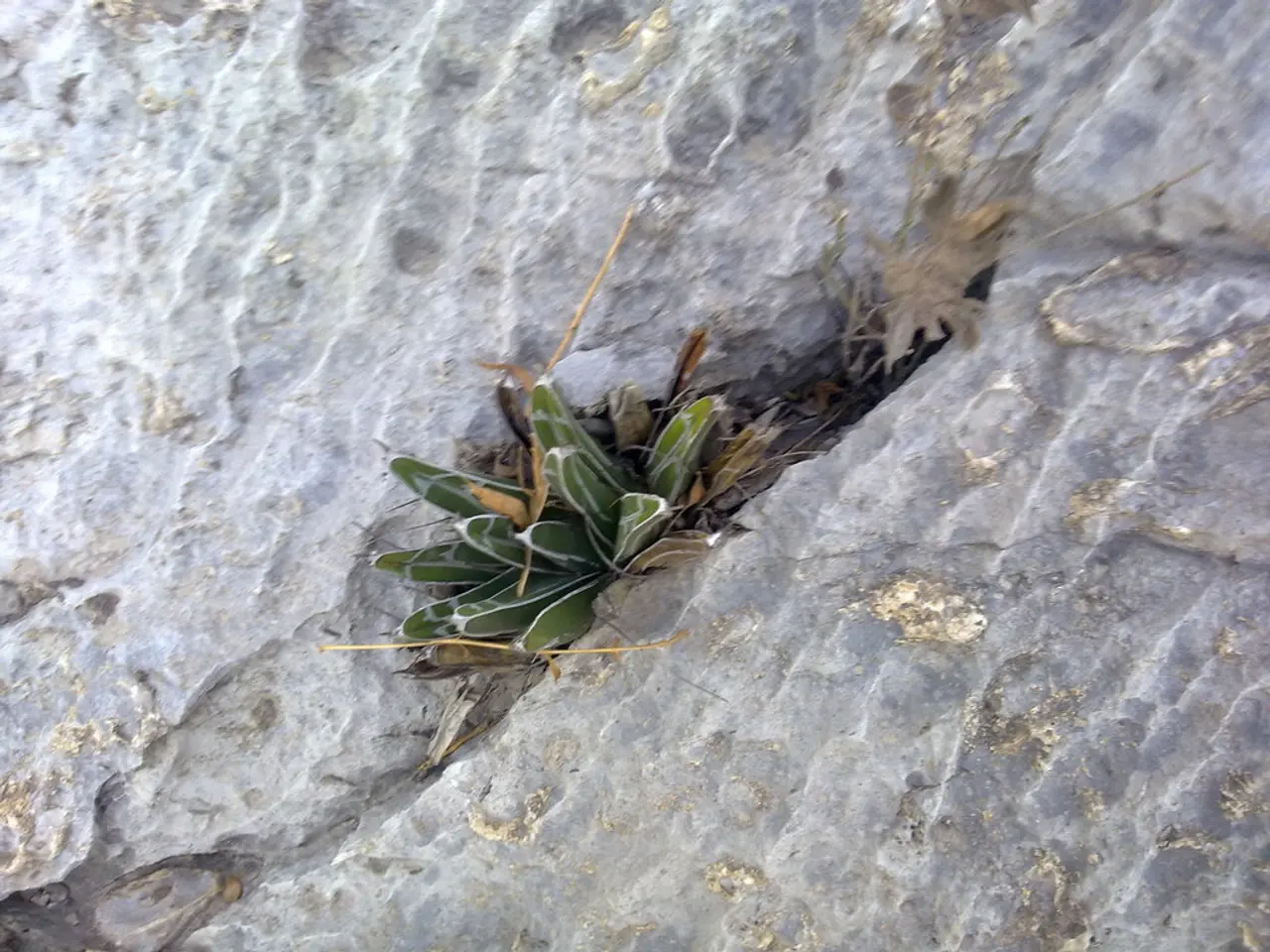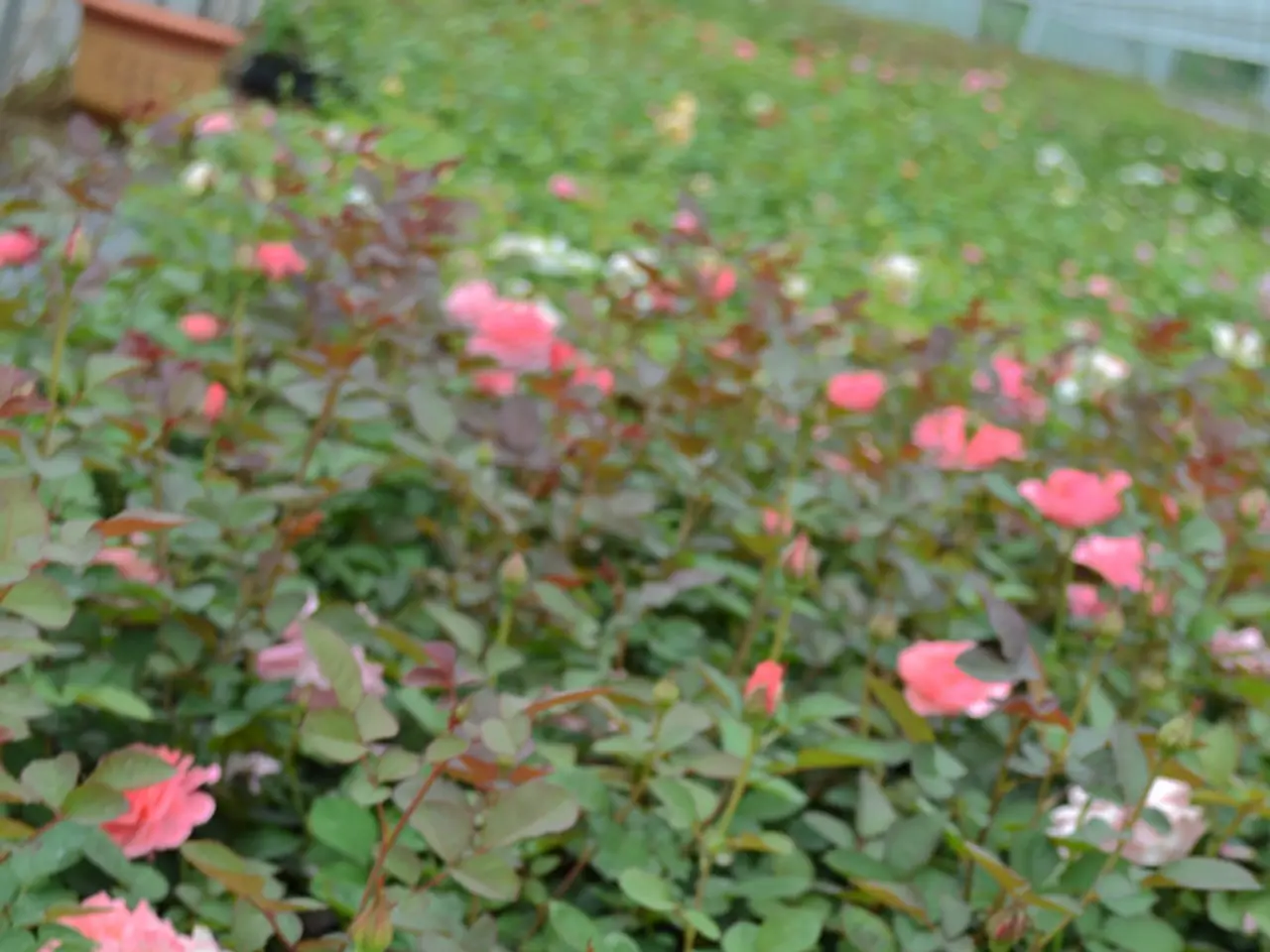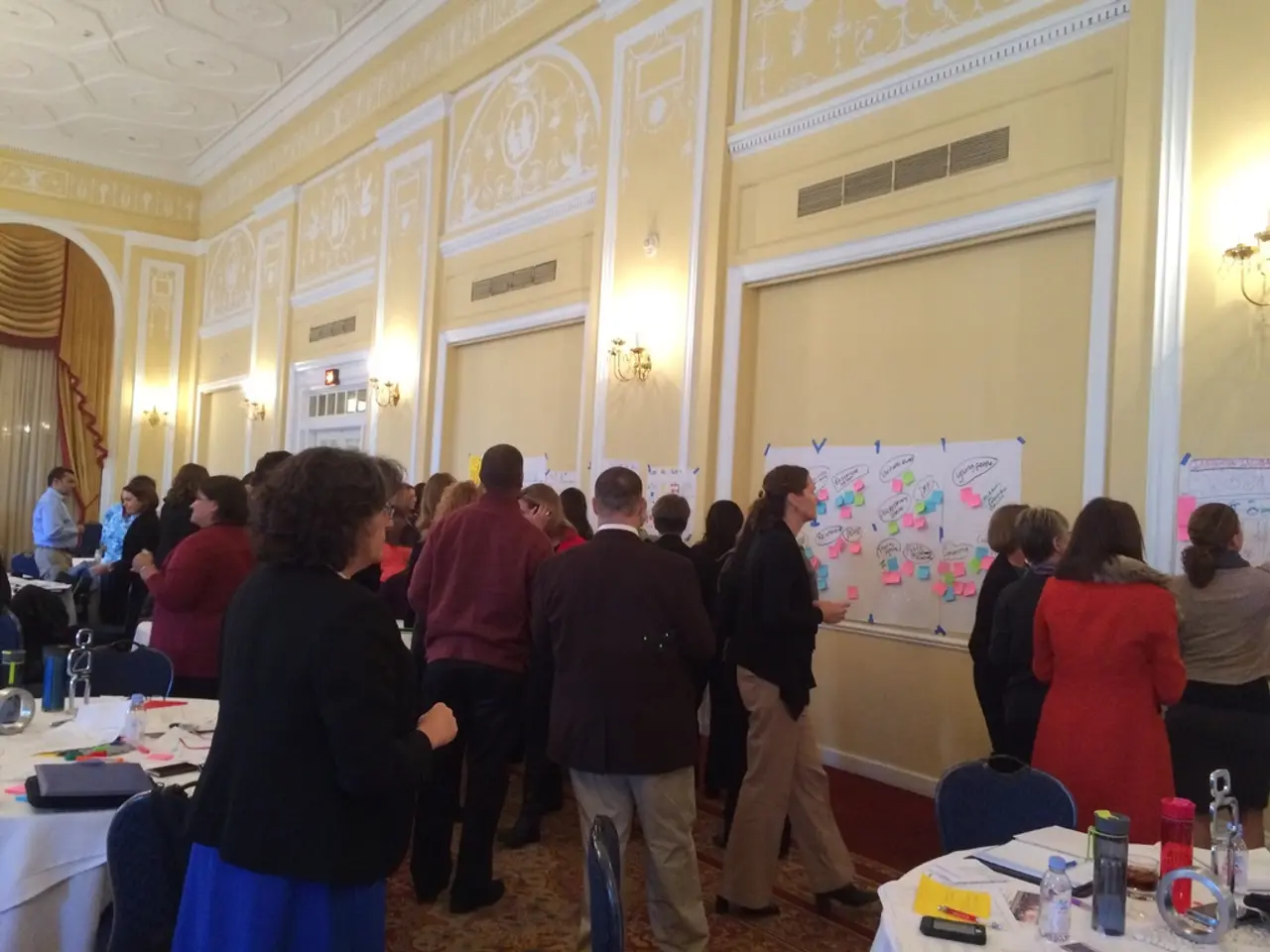Avoid using chemical fertilisers: surprising discovery reveals fewer blooms and less attract butterflies in your garden
Fertilizer Use and Pollinators: A Grower's Dilemma
The latest research from the University of Sussex delves into the link between agricultural productivity, wildflower decline, and the ever-present conundrum of fertilizers. This groundbreaking study, along with the University's Database of Pollinator Interactions (DoPI), sheds light on a challenging question for farmers, conservationists, and policymakers alike: can we integrate conservation and food production successfully in the face of fluctuating pollinator populations?
Here's a rundown of what you need to know about the recent findings:
- The study, conducted at the world's longest-running ecological experiment, Park Grass at Rothamsted Research, reveals that higher agricultural productivity typically translates to lower pollinator abundance – and vice versa.
- Surprisingly, the creeping buttercup boasts the highest number of pollinator species (240) of any wildflower.
- The research also challenges common perceptions about NPK usage, pointing out that while nitrogen-rich fertilizers promote leafy growth, it's not just nitrogen that affects flower abundance; phosphorus and potassium may also have negative effects on flowers.
- On a brighter note, lime additions on acidic soils can benefit plants, flowers, and pollinators.
- New insights also suggest that fertilizers can influence subtle factors such as nectar chemistry and decomposition paths in the soil through their impact on fungi and bacteria.
The groundbreaking study represents a shift in ecological research towards examining interactions between different species within a habitat rather than focusing on individual plants or species. This focus on resilience has pushed the importance of biodiversity to the forefront of environmental debates.
So, what does this mean for gardeners? Here are some key takeaways:
- Reducing NPK usage can be a simple yet effective way to help the environment, especially when considering that such chemicals may not be necessary for most plants.
- Fertilizing with care can help increase biodiversity by promoting healthier flower growth and populations of beneficial insects.
- Indigenous wildflower meadows are an excellent initial step towards sustainable gardening practices, but plenty of other opportunities exist, particularly with beds and borders.
- Overall, the garden environment offers a unique opportunity to explore these concepts and make a positive impact on biodiversity without the economic pressures faced by large-scale farmers.
Tips for Farmers and Gardeners:
To optimize the balance between food production and biodiversity conservation, farmers and gardeners can consider the following approaches:
- Reduce excessive fertilizer and pesticide use: Minimizing chemical inputs can help maintain healthier pollinator populations and soil biodiversity.
- Implement diversified cropping systems: Incorporating crop rotations, intercropping, and flowering cover crops provides continuous habitat and food sources for pollinators, Increasing their abundance even in productive fields.
- Establish wildflower strips and conservation areas within farmland: Planting native wildflowers and semi-natural habitats adjacent to crops supports pollinators and other beneficial insects without significantly reducing farmland productivity.
- Adopt integrated pest management (IPM): Using pest control methods that minimize harm to pollinators helps sustain their populations while protecting yields.
- Soil health practices: Maintaining soil organic matter and structure supports a rich soil biota which indirectly promotes pollinator health by sustaining a balanced ecosystem.
By adopting agroecological practices such as those listed above, farmers and gardeners can find a way to strike a balance between food production and biodiversity conservation. These strategies create a more sustainable landscape where high productivity and pollinator populations can exist harmoniously, fostering long-term food security and ecosystem services.
- The study on fertilizer use and pollinators highlights the importance of considerate fertilizing in gardening, as reducing NPK usage can help promote healthier pollinator populations and soil biodiversity.
- In line with sustainable gardening practices, planting indigenous wildflower meadows is a great initiative, but diversifying gardening choices, such as utilizing beds and borders, can also contribute to biodiversity.
- The garden environment provides an unique opportunity for home-and-garden enthusiasts to engage in environmental-science and lifestyle choices that support biodiversity, without the economic pressures facing large-scale farmers.
- To optimize the balance between food production and biodiversity conservation, gardeners can implement various strategies, such as reducing excessive fertilizer and pesticide use, adopting integrated pest management (IPM), and practising soil health management for a more sustainable and harmonious garden environment.








